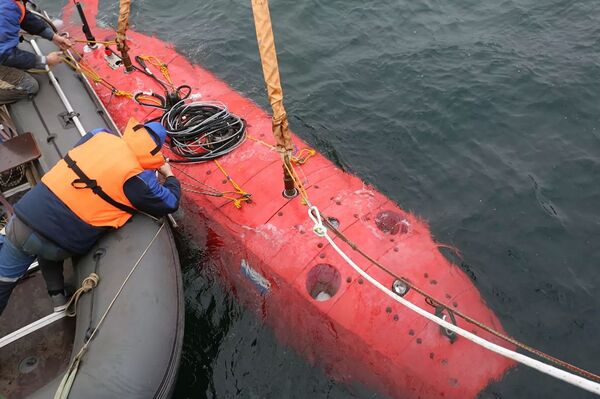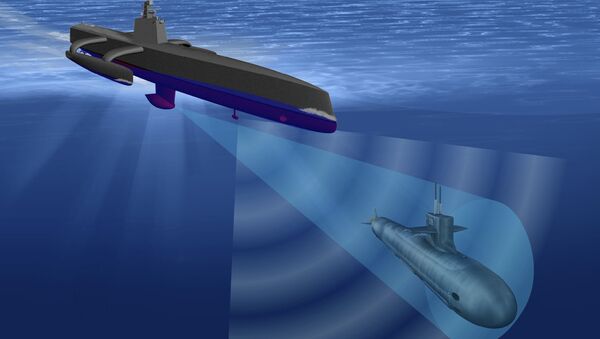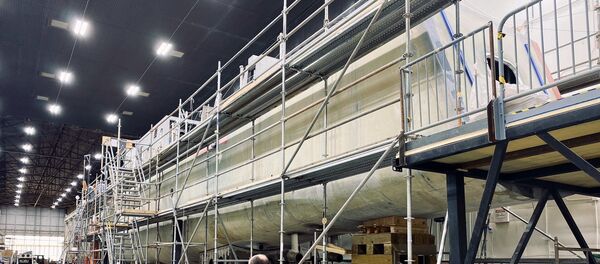An internal study by the Office of the Secretary of Defence suggests that the US Navy should focus on developing and building unmanned submarines instead of manned vessels to reduce costs, while upgrading military capabilities, Defence News reported citing documents obtained.
The effort is expected to free up the Navy's resources as building a fleet of unmanned submarines will be less expensive than building several manned analogues, such as Virginia-class submarines. The authors of the study see it as a way to increase the US military presence in global waters at the same or lower cost. While underwater drones will become the Pentagon's eyes in international waters, the remaining manned submarines will reportedly be used for more sophisticated tasks.
The reported study recommends acquiring as many as 50 extra-large unmanned submarines dubbed XLUUV by 2045, while requesting only two to three additional attack submarines for the scheduled 355-ship US fleet. The same study also reportedly promotes the idea of reducing the number of aircraft carriers from 11 to 9 and replacing them with a flotilla of large and medium-sized unmanned vessels, Defence News reported.

The Pentagon ordered five Orca XLUUVs from Boeing in 2019 and is expected to buy two vessels each year starting in 2023. The strategy outlined in the study has not yet been adopted and will first be tested via a series of war games, the media outlet reported. Still, it goes in line with calls by Secretary of Defence Mark Esper, who defended the approach of sailing away from large manned warships in favour of the rapid deployment of a larger fleet of unmanned surface and underwater vessels.
The US is not the only country working on underwater drone technology, with China and Russia also developing separate programmes in this field. The Russian unmanned submarine called Vityaz-D recently underwent a stress-test by submerging to the deepest point of the ocean, the Mariana Trench, and spending over three hours at a depth of 10,028 metres successfully withstanding the immense water pressure.




